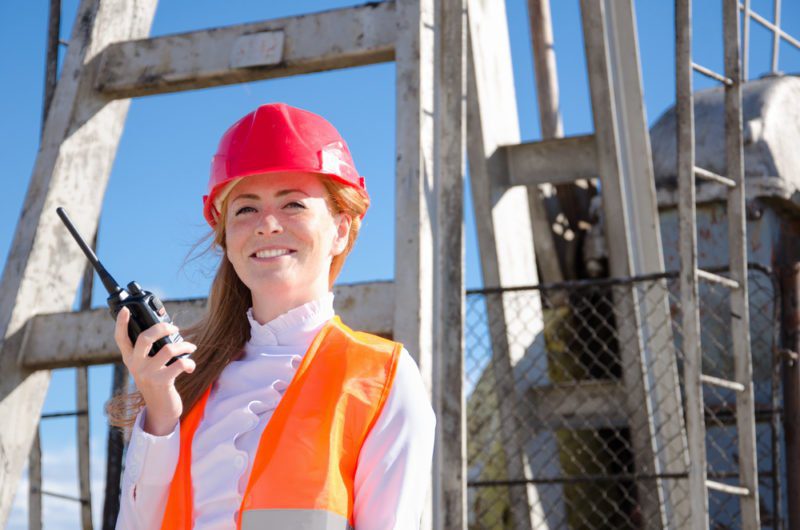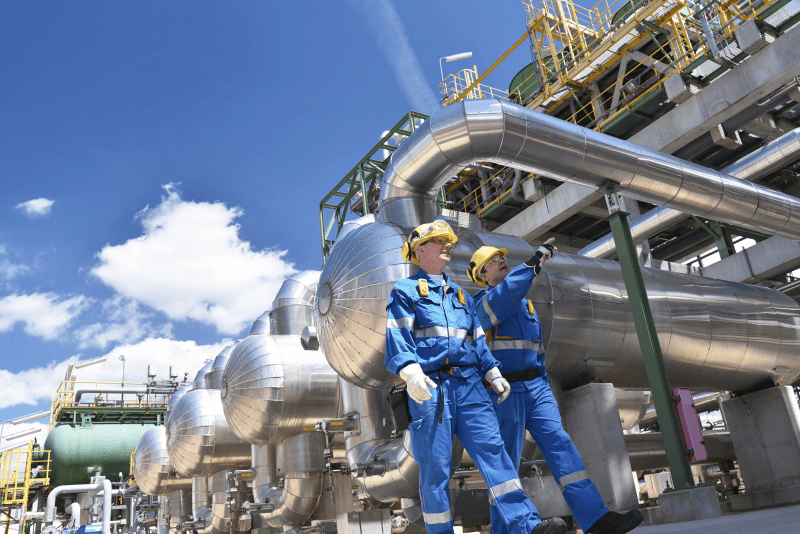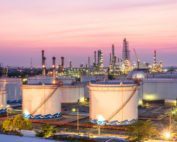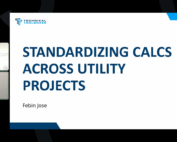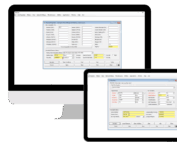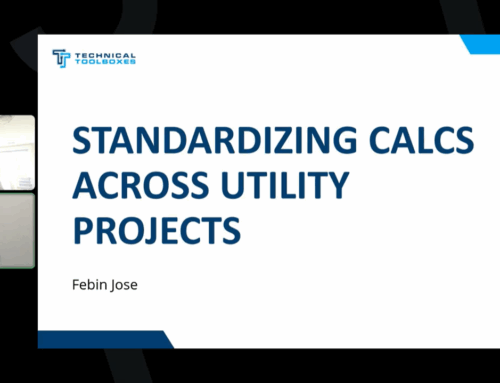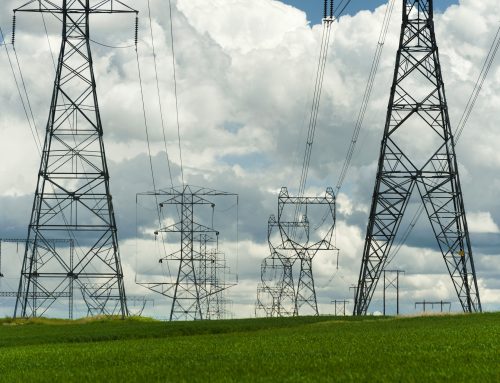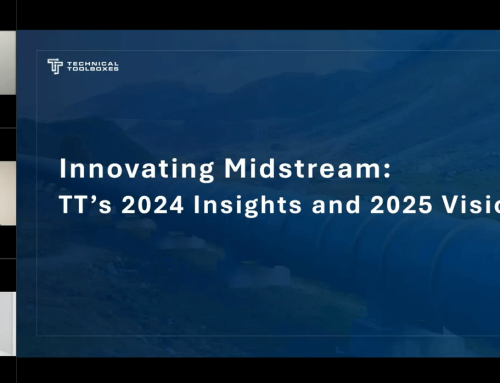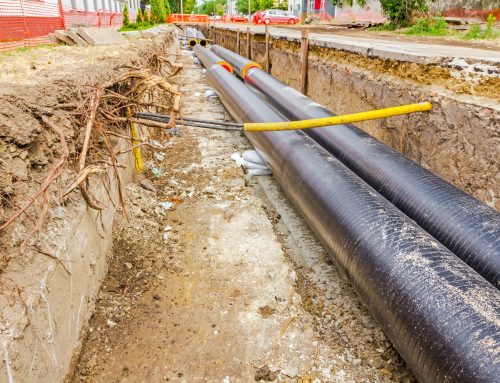PHMSA Regulations FAQ: Everything You Need to Know
By Joe Pikas
Understanding PHMSA’s Role and Regulatory Scope
The Pipeline and Hazardous Materials Safety Administration (PHMSA) plays a critical role in ensuring the safe transport of energy products across the United States. From setting pipeline safety standards to enforcing compliance, PHMSA is at the forefront of protecting people and the environment from potential pipeline-related risks. In this blog, we’ll address the most common questions about PHMSA regulations, breaking down their scope, key provisions, and compliance strategies.
A Deep Dive into PHMSA Regulations
What Does PHMSA Do?
PHMSA regulates the design, construction, operation, and maintenance of pipelines that transport hazardous materials. Its goal is to reduce the risks associated with pipeline operations by enforcing safety standards outlined in 49 CFR Parts 190-199.
Key Regulations Affecting Pipeline Operations
- 49 CFR Part 192: Covers natural gas pipelines, addressing design, construction, testing, and operational requirements.
- 49 CFR Part 195: Focuses on pipelines carrying hazardous liquids such as crude oil, ensuring robust design and maintenance standards.
- Valve and Rupture Detection Standards: New regulations require automatic shut-off valves to be installed on certain pipelines to enhance safety during ruptures.
Recent Changes in PHMSA Regulations
- Mega Rule Implementation: Expands safety requirements for gas gathering lines and includes additional inspection and recordkeeping standards.
- Valve Installation and Rupture Detection: Updated rules mandate specific types of valves and enhanced detection systems on newly constructed pipelines.
- TVC Documentation Requirements: Operators must ensure records are traceable, verifiable, and complete, especially for maximum allowable operating pressure (MAOP).
How to Stay Compliant with PHMSA Regulations
- Develop Comprehensive Compliance Plans: Outline inspection, maintenance, and emergency response strategies that meet PHMSA standards.
- Leverage Technology: Use tools like the Pipeline HUB to centralize data and automate reporting, ensuring compliance with traceability requirements.
- Stay Updated on Regulatory Changes: Regularly consult the Federal Register and PHMSA website for new rules and interpretations.
PHMSA FAQs:
- What types of pipelines does PHMSA regulate?
-
- PHMSA oversees pipelines transporting natural gas, hazardous liquids, and other hazardous materials, including gathering, transmission, and distribution pipelines.
- How are PHMSA regulations enforced?
-
- PHMSA conducts inspections and audits to verify compliance. Noncompliance can result in fines, operational restrictions, or mandated corrective actions.
- What is MAOP, and why is it important?
-
- MAOP stands for Maximum Allowable Operating Pressure, the highest pressure at which a pipeline can operate safely. PHMSA mandates operators to maintain detailed records to verify MAOP for compliance and safety.
- What is MOP, and how is it used?
-
- MOP stands for Maximum Operating Pressure to determine safe operating limits of a pipeline. It ensures that the pipeline does not exceed the pressure it was designed to handle, thereby preventing potential failures or accidents.
- What are the penalties for noncompliance with PHMSA regulations?
-
- Violations can lead to significant penalties. For example, civil penalties can reach up to $250,000 per violation per day, with a maximum of $2,500,000 for a series of related violations.
- Are there specific training requirements for pipeline operators?
-
- Yes, PHMSA requires operators to ensure employees are trained to safely operate and maintain pipelines. Programs must include written procedures and emergency response training.
- How does PHMSA define High Consequence Areas (HCAs)?
-
- HCAs are locations where pipeline incidents could have a significant impact on public safety or the environment. Regulations require more stringent safety measures for pipelines in these areas.
- How can I access PHMSA’s annotated regulations?
-
- You can find detailed, annotated regulations for parts like 49 CFR Part 192 on PHMSA’s official website.
- What role do state agencies play in pipeline regulation?
-
- State agencies often partner with PHMSA, especially for intrastate pipelines. They adopt and enforce federal regulations and may impose additional requirements.
Conclusion
Navigating PHMSA regulations can be challenging, but understanding their scope and staying proactive in compliance ensures safer operations and minimizes risks. By leveraging tools, staying informed, and adhering to the latest standards, pipeline operators can meet regulatory requirements and enhance safety.
Have more questions about PHMSA regulations? Contact us for expert guidance.
Suggested Post
Why API Inspections Still Matter More Than Ever
Why API Inspections Still Matter More Than Ever By Kesley Price In an industry [...]
How Utility Teams are Standardizing Pipeline Calcs
How Utility Teams are Standardizing Pipeline Calcs By Kesley Price Engineering teams working in [...]
GASCalc and GASWorkS are Now Part of Technical Toolboxes
GASCalc and GASWorkS are Now Part of Technical Toolboxes We are pleased to announce that Technical Toolboxes has acquired the [...]

